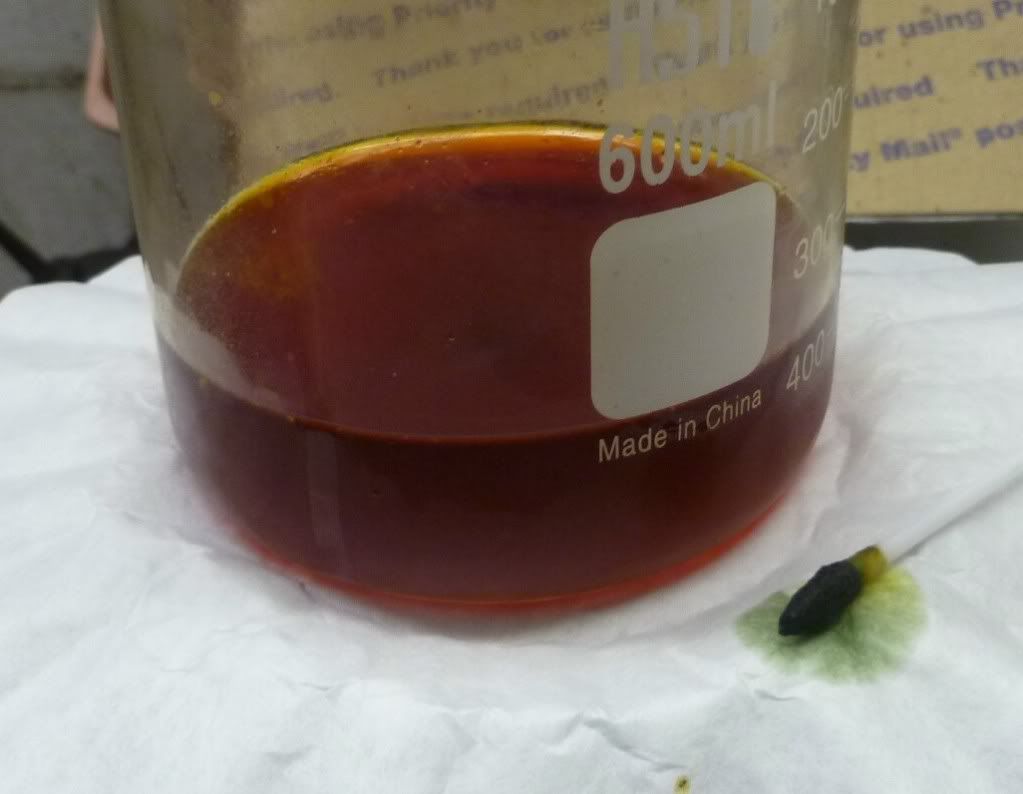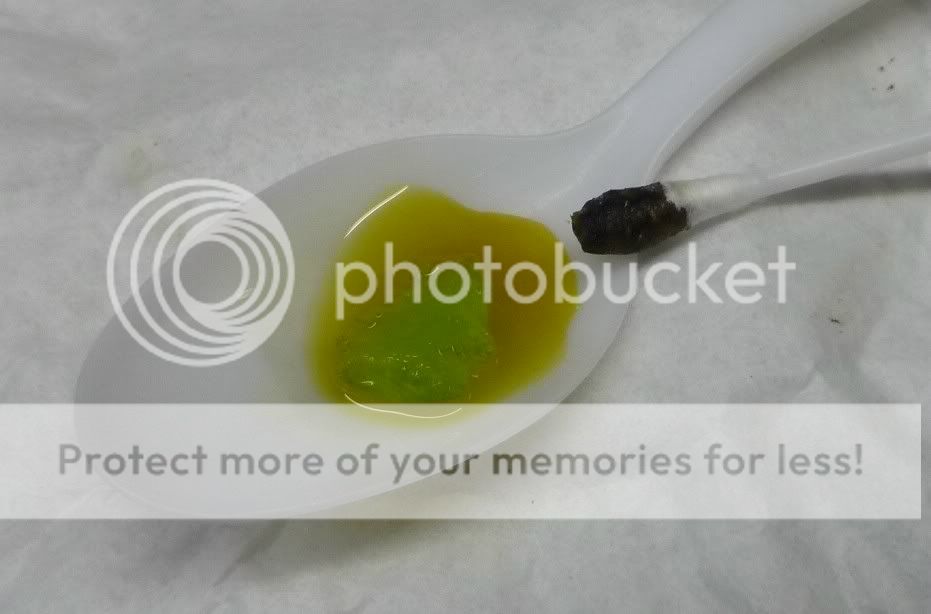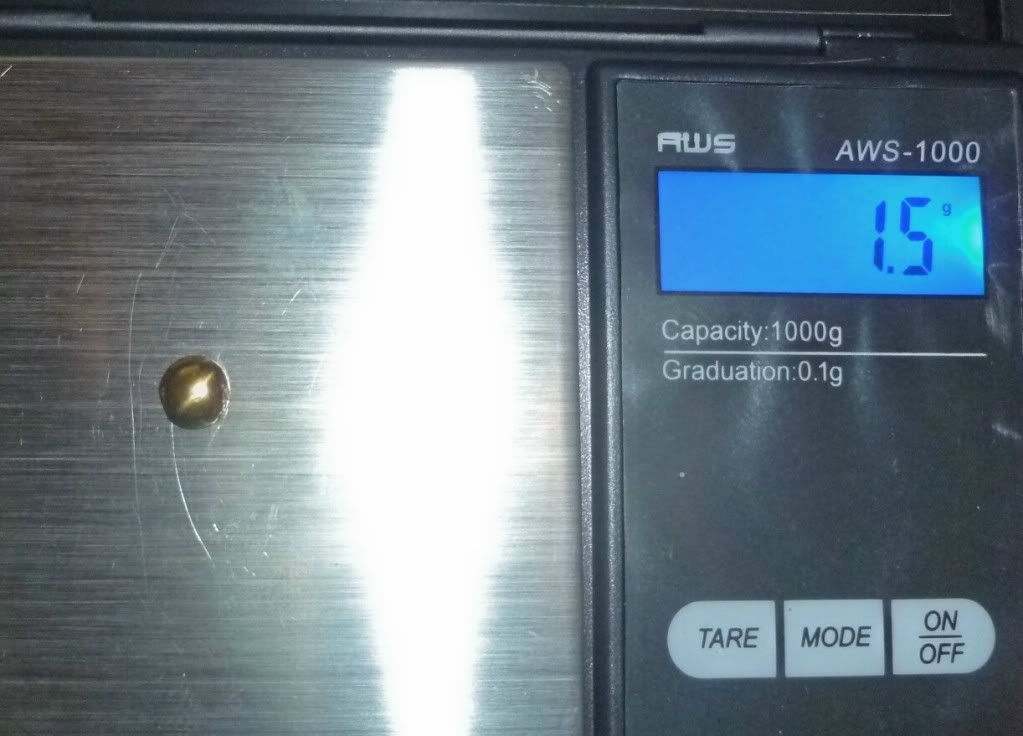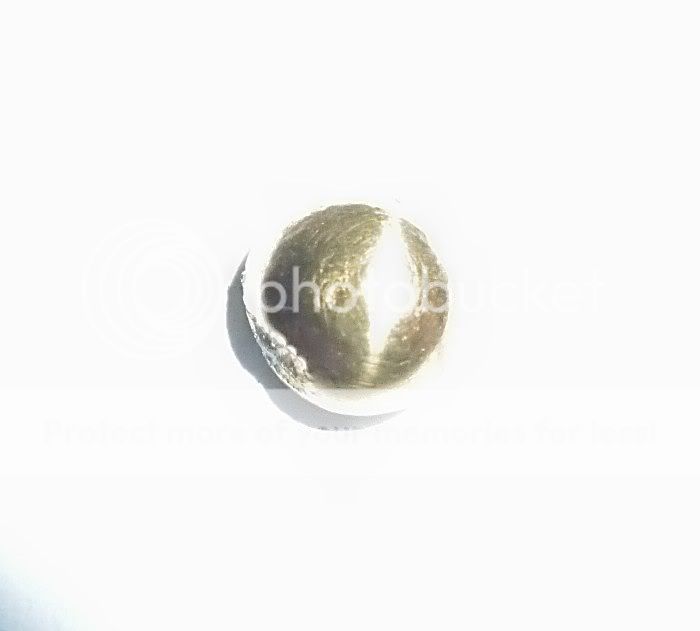maynman1751
Well-known member
I have been recovering gold from pins, connectors, cell phone boards and other similar e-scrap. I'm using the AP method to eliminate base metals and collecting the foils, flakes and resulting powders. I have always rinsed the gold, after filtering, with HCL and then water rinses to clean. Also, anything that had ANY solder was first run in heated HCL. After completing my collection I ran the batch through another round of AP, for two days, just to make sure I was rid of base metals. I used heat and a bubbler. I then filtered and rinsed with boiling water. I put the gold into a beaker, added HCL, but when I added the Cl the solution turned a deep red! I dismissed this as a very pregnant solution (right or wrong!?) and after leaving it on a mild heat overnight, to rid the chlorine, added a teaspoon of SMB. I did get some precipitation but after 24hrs the solution was still 'cloudy' and had changed to a yellow/brown. I added more SMB, let it set with no change. I searched the forum and found several post about reddish solutions possibly being colloidal gold. I tried adding NaCl to a sample and also H2SO4 to another with no result. I then cemented the solution with Cu, rinsed the powder and tried to re-dissolve with HCl/Cl. It immediately returned to the deep red. I put a few drops on a crystal of FeSO4 and tested the resulting solution with SnCl. I have included pics of the solution before cementing with the stannous test and a pic of the sample with the stannous test. Both times the Q-tip was black, but I did notice that the Q-tip bled greenish like Palladium!!!??? Can anybody help me with this? :?










